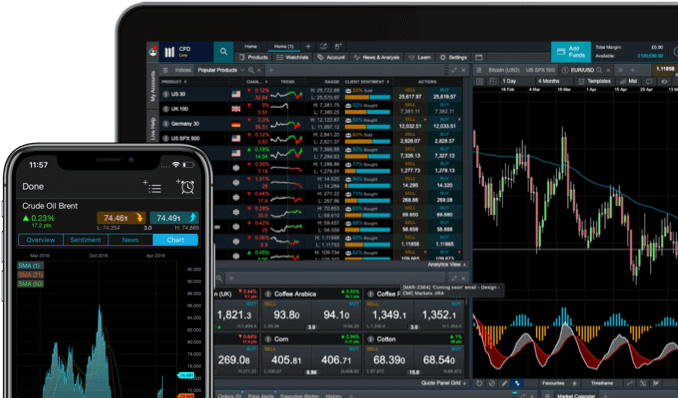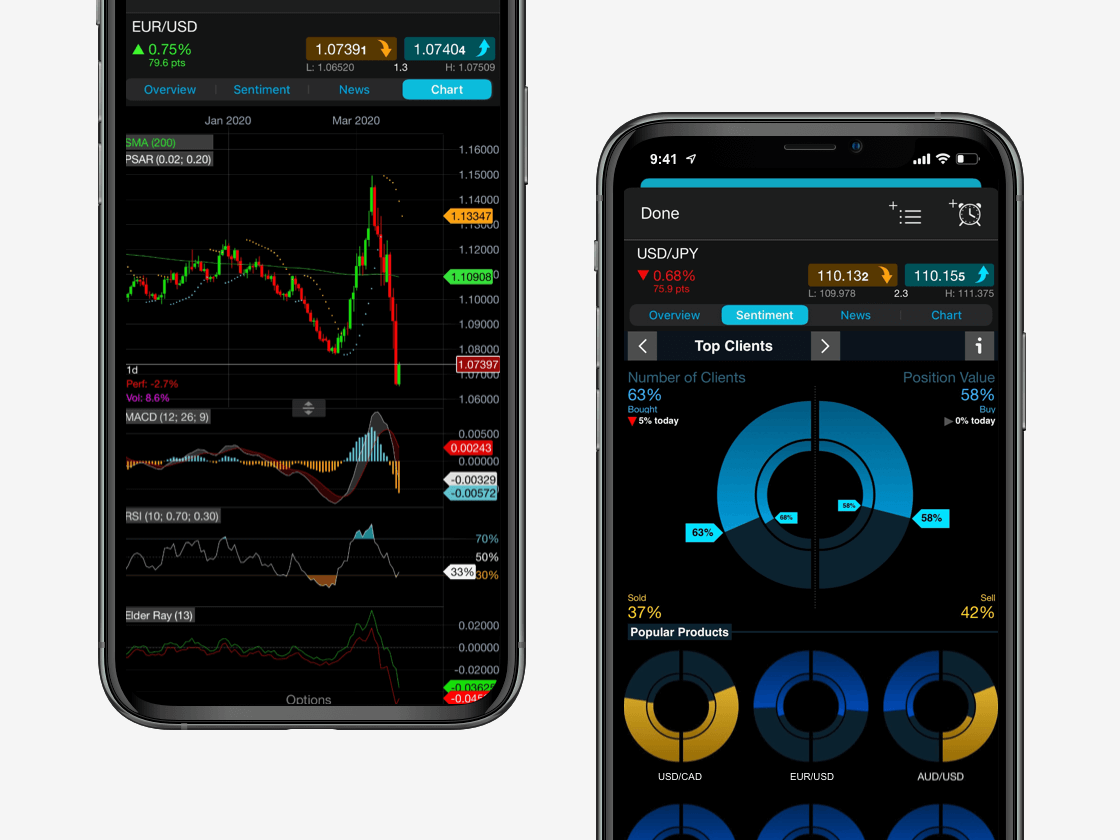Large price movements may attract short-term traders that want to capitalise on big price swings. If a stock is volatile, it will often continue to be volatile as people continue to trade it. Day traders may choose to focus in on stocks that are moving a lot on a single day, or trade stocks that tend to move a lot most days.
Stocks that are the ‘Biggest Risers’ and ‘Biggest Fallers’, as well as ‘Price Movers’ can be found on our Next Generation trading platform. There are lists of stocks making the biggest moves that day, which may be of interest to short-term traders.
While volatility is sometimes viewed negatively for a day trader, it is generally positive since they can potentially profit from going short or long, multiple times each day, as the short-term trends change.
If a stock has very little price movement, there is less profit potential since there is likely to be only a small difference between the entry and exit prices. For a volatile stock, entries and exits have the potential to be wider apart, thereby offering more profit potential.


















